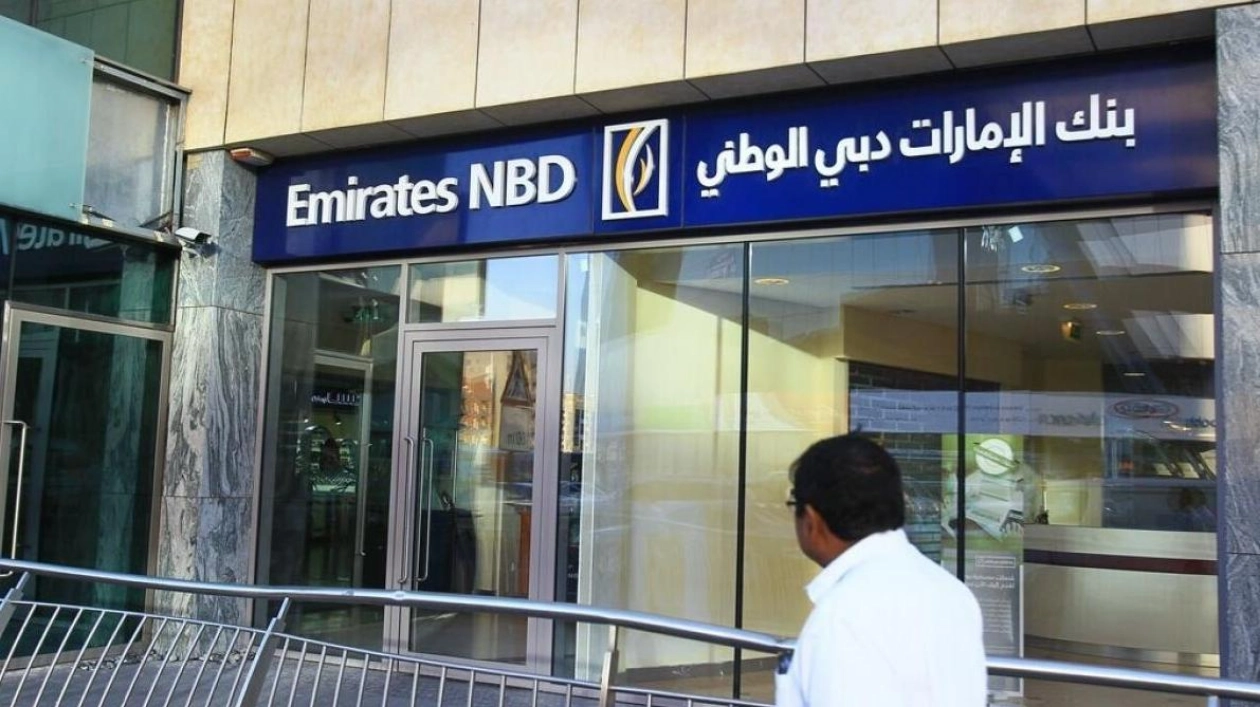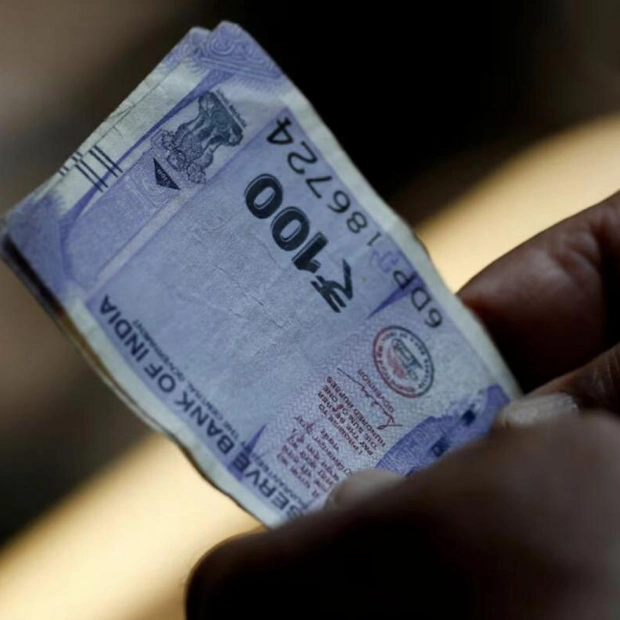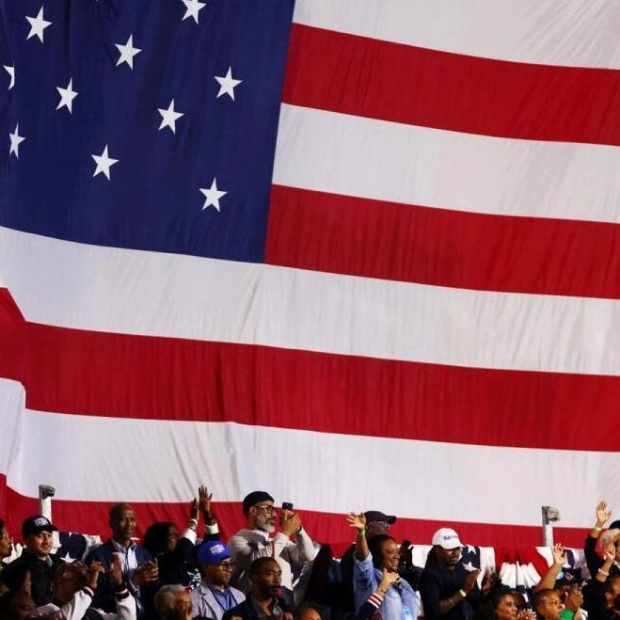Emirates NBD recorded the highest net interest income (NII) of approximately $2.31 billion in the third quarter among GCC peers, according to S&P Global Market Intelligence data. This achievement underscores the resilience of the largest banks in the Gulf Cooperation Council, which continued to grow their main lending income year over year despite a global trend of easing monetary policies by major central banks.
Emirates NBD's NII for the third quarter stood at $2.31 billion, with a net interest margin of 3.75 percent. This was partly due to the 'upside' in the group's Istanbul-headquartered DenizBank unit, as highlighted by CFO Patrick Sullivan during an earnings call.
Qatar National Bank (QNB), First Abu Dhabi Bank PJSC, Saudi National Bank (SNB), Emirates NBD Bank PJSC, and Al Rajhi Banking & Investment Corp all reported higher Q3 NII. The currencies of these banks' home countries are pegged to the US dollar, and their central banks typically follow the US Federal Reserve's monetary policy decisions. Following a series of rate hikes, the US Fed initiated its first rate cut in September, but rates remained elevated for most of the third quarter.
This sustained NII growth enabled most of these banks to report higher quarterly earnings. QNB, FAB, SNB, and Al Rajhi all experienced year-over-year net income growth, while Emirates NBD's net income remained virtually unchanged, according to S&P.
The banks also benefited from continued year-over-year loan growth. QNB led with a 11 percent increase, upgrading its annual loan growth guidance to between 5.5 percent and 7.5 percent for the full year. First Abu Dhabi and SNB also recorded double-digit loan growth, while Al Rajhi's growth was 9.90 percent, and Emirates NBD's was 8.51 percent.
Looking ahead, experts anticipate a decline in NII over the next few months as central banks continue to cut rates. Investor focus is shifting to 2025 earnings expectations in a 'pressured NIM environment,' according to Citi Research analyst Rahul Bajaj.
Rate cuts from the final quarter of 2024 through 2026 are expected to negatively impact GCC banks, as interest-earning assets will reprice faster than interest-bearing liabilities, according to Fitch Ratings. UAE banks are likely to be most affected, while Saudi Arabian banks may fare better due to their higher proportion of fixed-rate financing.
QNB anticipates that advanced economy central banks will move policy rates from 'restrictive territory towards neutral and accommodative levels by mid-2025,' according to Aves Akram, assistant vice president for financial strategy.
The US Fed has since made a 25-basis-point reduction in November. Fitch expects the US Fed to cut rates by another 200 basis points by July 2026, with most GCC central banks likely to follow suit.
Source link: https://www.khaleejtimes.com






